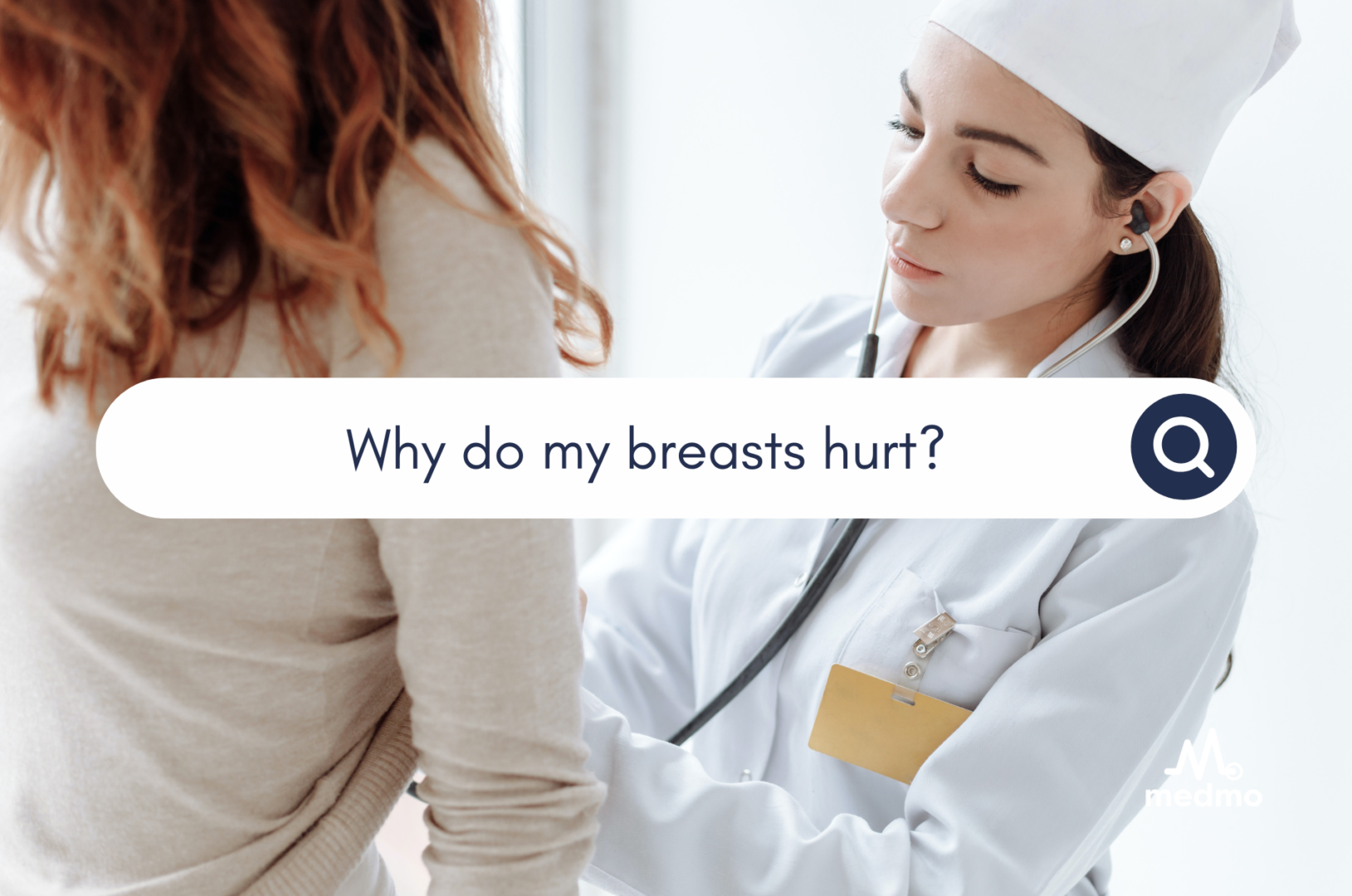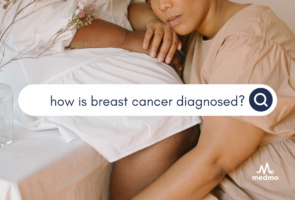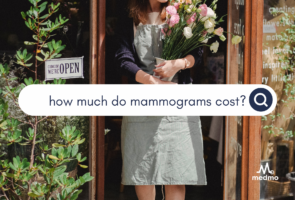
5 reasons your breasts may hurt
Breast pain, formally called “mastalgia,” is very common. While some patients may worry that breast pain can be a sign of breast cancer, the vast majority of times it’s the result of something much more benign.
In fact, it’s unusual (though not impossible) for breast cancer to cause pain, according to Johns Hopkins. Here are 5 reasons your breasts may hurt, and what to do about it.
1. Hormonal changes
All sorts of hormonal shifts can cause breast pain in any patient. For menstruating patients, a rise in estrogen and progesterone can start causing breast pain three to five days before their period begins and may continue until the period stops. Puberty, pregnancy, breastfeeding, menopause, and other phases of life can also create hormonal shifts that may cause breast pain.
Lifestyle changes like cutting out caffeine and reducing salt may help relieve symptoms for some patients. Over-the-counter pain relievers may help as well.
2. Chest injury
Pain that feels like it’s in the breast may actually be caused by damage to the chest wall, like getting hit in the chest or pulling a muscle in the chest. The ribs could also be the culprit, as inflammation around the ribs or bone fractures can manifest as breast pain. Patients concerned about possible serious injury or continuing pain should see a doctor.
3. Medication side effects
Some medications for other conditions may cause breast pain. Some drugs with this possible side effect include certain heart, blood pressure, anemia, and mental health medications, as well as diuretics. Hormone medicines like birth control pills, infertility drugs, and hormone replacements can also cause breast pain.
4. Non-cancerous cyst
Any lump in the breast should be checked by a doctor—but painful or tender lumps that suddenly appear in the breasts are often cysts. These benign, fluid-filled cysts are usually diagnosed by mammogram, ultrasound, or aspirating fluid for testing. Aspiration and other methods can also be used to reduce the cyst, but many resolve on their own and don’t require any treatment.
5. Unsupportive bra
Patients with large or heavy breasts may find the ligaments that connect breasts to the chest wall become stretched out over the course of the day. Stretched-out ligaments and breast tissue in turn can cause pain.
Supportive, well-fitted bras can help reduce breast movement and avoid stretching the ligaments. That’s especially important during high-impact exercise like running, when a sports bra may significantly cut down on impact to the breasts. Some patients may also find relief from wearing a sports bra or regular bra while sleeping
Ready to get started?
Here’s what you’ll need to schedule an appointment
1. Imaging referral / prescription
2. Your contact information
3. Insurance OR card information


